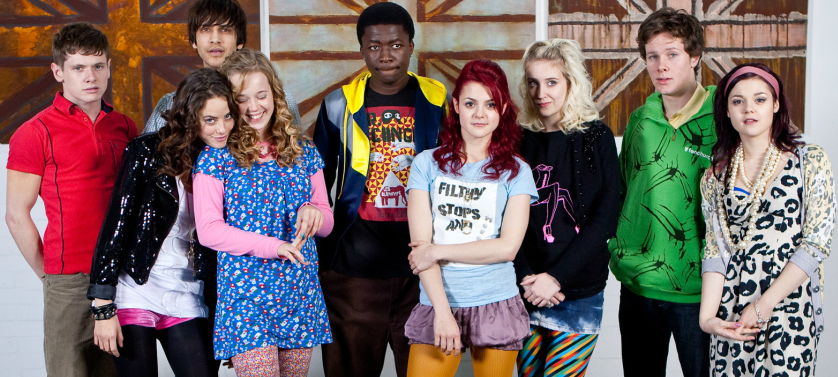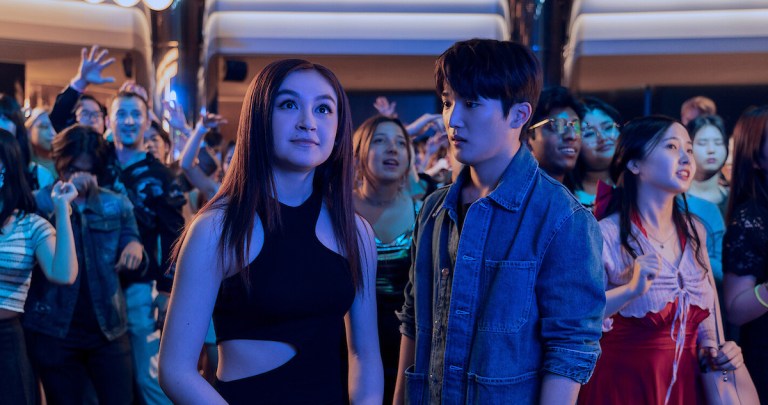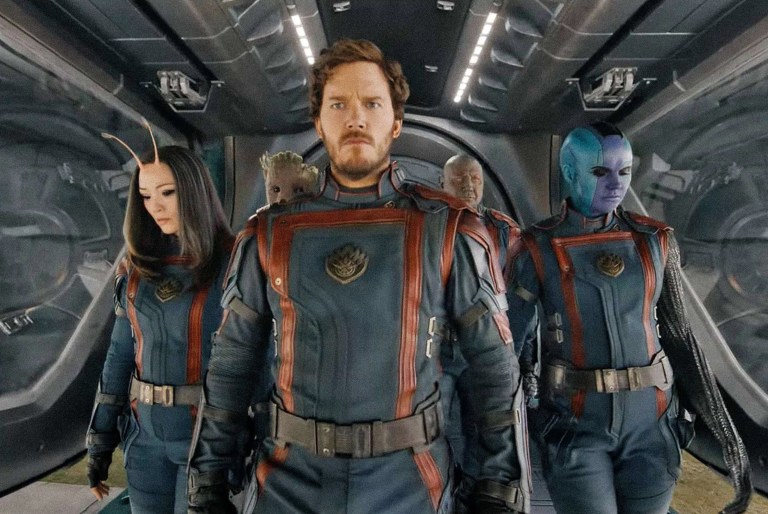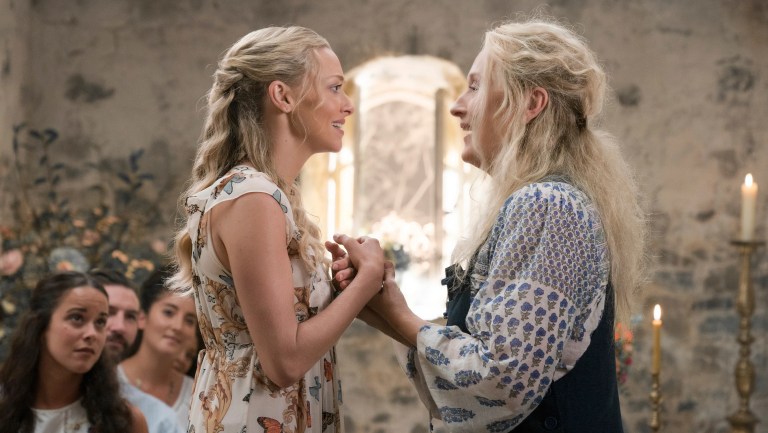The Gregg Test (An Alternative To The Bechdel Test)
We may have progressed as a culture to accepting people of all races, genders, and sexualities in our daily lives, but in mainstream entertainment someone is still seen as the Other if they’re not part of the monolith.
By Linnea Gregg


A few years ago I came across something called The Bechdel Test. For those of you who are not familiar with the test, Alison Bechdel is the author of the comic stirp series Dykes to Watch Out For, and in one of her strips two characters discuss whether or not they want to go to the movies. One of them says that she’ll only go to a movie if:
1) 1) it has two or more female characters
2) 2) with names
3) 3) who have a conversation about something other than a man
(The punch line being that the last movie this woman had seen was Alien.)
These three things became the requirements a movie must fulfill in order to pass what became known as the Bechdel Test.
Now, I don’t know about you, but when I heard about the Bechdel Test, I immediately tried to think of a movie that could pass. While it did not take an absurdly long amount of time to come up with one, I’d say it did take at least thirty seconds before I had one option. One, out of however many movies one can think of in the course of thirty seconds (or more). Whatever that ratio is, it’s a disappointing one.
For a period of time after that, I was obsessed with the Bechdel Test. It fascinated and frustrated me how few movies managed to pass. The numbers aren’t scarily low – it’s not impossible to pick a movie at random that will pass – but it’s not a common occurrence either.
After a while, though, the Bechdel Test seemed to lack something. I felt that it was incomplete. So I developed my own test – the Gregg Test (named thus because that is my name). Unlike the Bechdel Test, the Gregg test is not a Pass/Fail but is instead measured on a point scale. Points are gained by meeting the following:
- There are two or more female characters,
- with names,
- who interact and converse
- about something other than a man.
- The movie doesn’t revolve around a man,
- a wedding,
- or children.
- The main character is a person of color.
- The main character is homosexual.
- The movie is a comedy.
To explain a few of these points – I did not make the main character is a woman worth a point because that is covered by the movie doesn’t revolve around a man, and because the main character is a woman could potentially conflict with the main character is queer. The reason why I chose weddings and children as subject matter is due to the fact that almost all movies featuring women as the main character center around these two things, as if that is all women should concern themselves with in life. Rarely do we see stories about women that focus on achieving some career-related goal, while many stories involving men are about just that. Also, a movie with a child protagonist counts as revolving around children. Girls seem to be allowed to have much more varied storylines than women (think Matilda, Alice in Wonderland, The Little Princess, and so on). Once they hit puberty, the film industry seems to suggest that females are only allowed to concern themselves with are finding a husband and having babies.
I like to think of the movie is a comedy as a bonus point of sorts, but it’s relevant because comedy is a genre dominated by men.
It is worth mentioning that this scale is not meant to determine the overall quality of a movie, nor do I by any means use it to decide whether or not I like a movie. Many (most?) (all?) of the best movies out there come nowhere near to getting above four points. That doesn’t mean we shouldn’t watch or enjoy them. I didn’t make this test to limit the entertainment options of others or myself. (Anchorman is one of my favorite comedies, and it has a surprising feminist takeaway. It scores a three or a four.)
What is the point of the test, then, if it is not meant to determine the quality of the movie? Simply to raise awareness. To get us all thinking about the entertainment our culture produces for us. To demonstrate that there is a plethora of straight, white, male protagonists for us to take in. Not that there is anything inherently wrong with straight white males, or stories that revolve around them. I’d just like to raise the questions: Where are the women? Where’s the queer community? Where are the people of color?
My current answer is: they’re missing. They may be there in the background, but we don’t get to see them in the spotlight. We may have progressed as a culture to accepting people of all races, genders, and sexualities in our daily lives, but in mainstream entertainment someone is still seen as the Other if they’re not part of the monolith. Which means that by watching these movies – or watching these TV shows, or reading these books, because the test can really be applied to any media – we are subconsciously internalizing the message that the script of life was written for a white, straight, male protagonist. But shouldn’t there be more options? Shouldn’t there be scripts written for those who don’t fall into that category? Aren’t we all valid main characters?
Art reflects life, and life reflects art. If we keep writing stories for the monolith, then the monolith will continue to be an exclusive and dominant presence. And before you ask me why we should care and why we should change anything, I’d like to ask you – why not?




